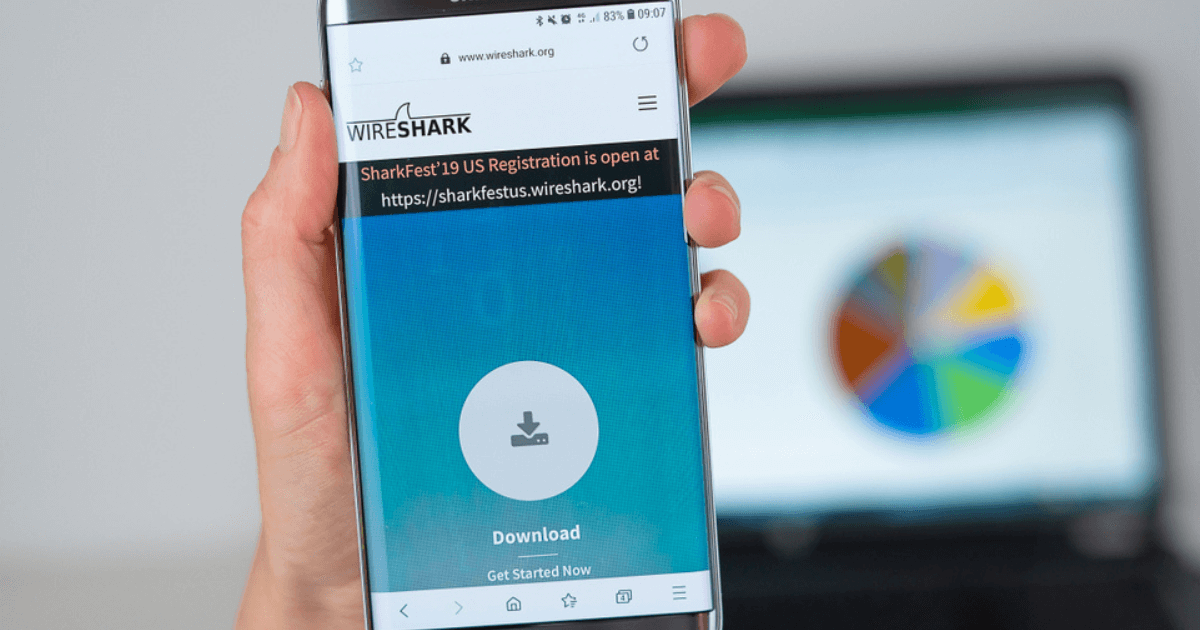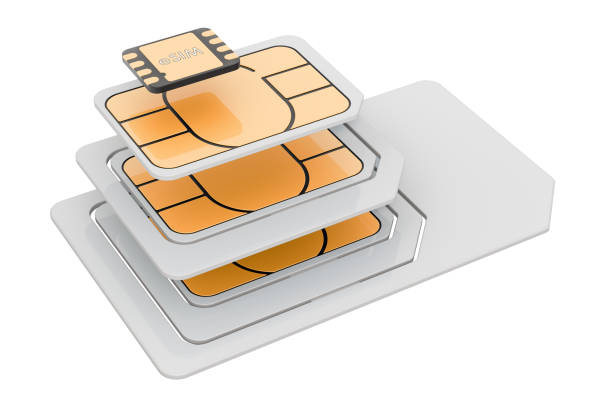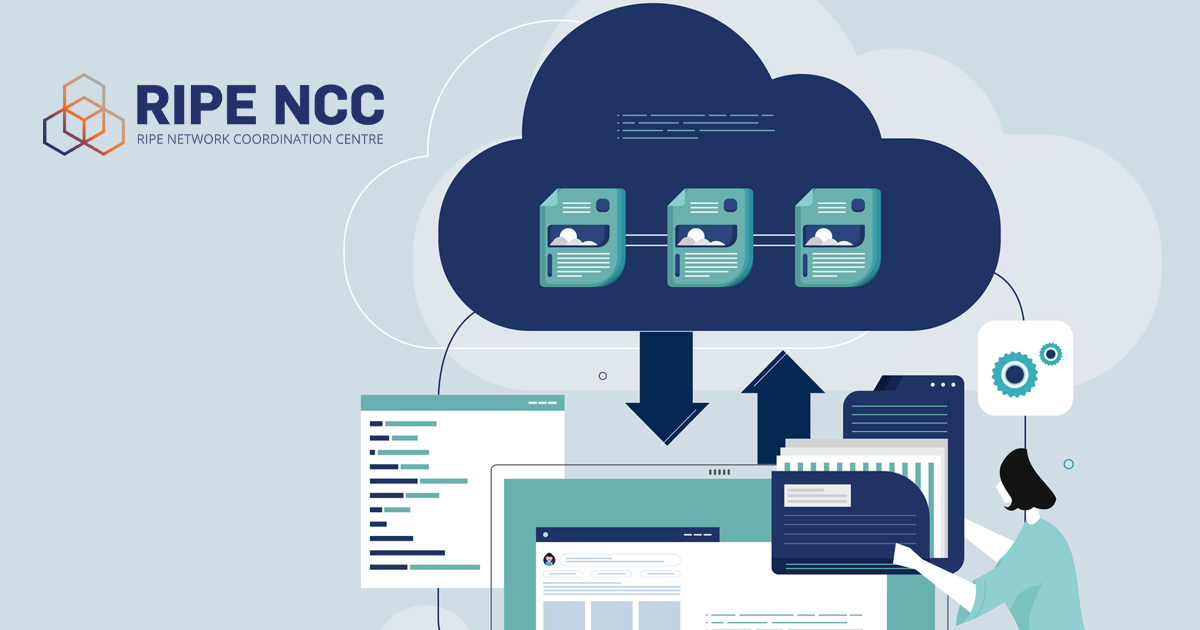

Because of its wide compatibility between devices and because it is an open and flexible protocol, SIP, considered the standard protocol, is the main star when it comes to VoIP (Voice over IP).
Developed by the IETF (Internet Engineering Task Force) in 1999 as an alternative to the H.323 implemented by the ITU (International Telecommunication Union) in 1996, SIP, or Session Initiation Protocol, is a communications protocol used to initiate, modify, maintain, and terminate voice, video, and even instant messaging sessions over IP networks.
The flexibility of integration with other communication protocols was the great advantage over H.323. This advantage caused the growth of SIP systems to become a standard in the world of voice communications, thus creating better interoperability between other systems. Another big advantage was its scalability, as it was designed to handle multiple users and sessions simultaneously, and also the ability to handle various types of networks (public, corporate or virtual private networks (VPN).
SIP is based on client-server architecture, working at the application/session layer, performing signaling between the two devices. It is important to remember that SIP is only responsible for signaling, while RTP (Real-time Transport Protocol) is responsible for the transmission of media data, i.e. audio, video, etc. For signaling to occur smoothly, the SIP client sends a request (message) to the server that locates the recipient of the call, thus establishing a session.
According to RFC 3261, the initial message must contain the following mandatory headers fields :
1. From: You must identify the origin of the message;
2. To: Identifies the destination of the message;
3. Call-ID: This is a unique identifier for each SIP session (used to correlate the initial message of the following replies);
4. CSeq: The sequence number of the messages during the session;
5. Max-Forwards: Specifies the maximum number of hops the message can travel;
6. Route: Records the path along which the message travels;
7. Contact: Specifies the sender's direct address.
There are other optional headers that are used in the protocol, but understanding these mandatory header-fields helps us realize and analyze possible failures in signaling.
Another type of analysis that can be performed is to validate the SIP message type. There are different message types in the protocol, where the most common are:
REGISTER: Used to register a user's address with the server.
INVITE: Placed in the "Request-Line", it is with it that it is possible to generate SIP sessions.
ACK: An abbreviation for acknowledge, used to confirm receipt of a reply.
CANCEL: Used to cancel a pending request.
BYE: Termination message for an existing session.
OPTIONS: Similar to the PING command, used to test the availability and responsiveness of a destination.

In summary, SIP is one of the pillars of the RCTS VoIP network, it is a fundamental protocol for unified communications and other real-time communication applications over the Internet. Its use enables cost savings compared to traditional telephony systems. Due to its implementation flexibility, it not only becomes the standard protocol for VoIP, but also customizable to meet the specific needs of each organization.











